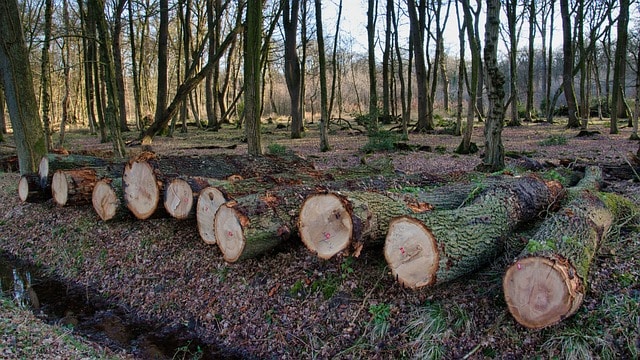The Silent Crisis: Understanding the Global Rate of Deforestation and its Dire Consequences
The Earth’s forests are more than just a beautiful backdrop; they are the lungs of our planet, playing a crucial role in regulating climate, providing clean air and water, and supporting a vast array of biodiversity. Yet, these vital ecosystems are facing a silent crisis – deforestation. The global rate of deforestation is alarmingly high, with devastating consequences for both the environment and humanity. This blog post delves into the alarming statistics, explores the multifaceted causes of this crisis, and highlights the critical need for urgent action to protect our forests.
A Global Trend of Loss:
The World Resources Institute estimates that we lose around 10 million hectares of forest each year, an area roughly the size of Iceland. This translates to a staggering 25 acres of forest lost every second. While the rate of deforestation has slowed down slightly in recent years, it remains a serious threat.
The Causes Behind the Crisis:
Deforestation is a complex issue with multiple driving forces:
* **Agriculture:** The expansion of agricultural land, particularly for palm oil, soy, and cattle ranching, is a major driver of deforestation. The demand for these products is growing rapidly, leading to the clearing of forests for plantations and grazing land.
* **Logging:** The unsustainable harvesting of timber for construction, furniture, and paper products is another significant contributor to deforestation. Illegal logging operations often operate with impunity, leading to widespread forest degradation.
* **Mining and Infrastructure Development:** The extraction of minerals and the construction of roads, dams, and other infrastructure projects often involve the destruction of forests. This is particularly prevalent in developing countries where economic development is prioritized over environmental protection.
* **Urbanization and Population Growth:** As populations grow and cities expand, forests are often cleared to accommodate housing, infrastructure, and industrial development.
The Devastating Consequences:
The global rate of deforestation has far-reaching consequences for both the environment and human well-being:
* **Climate Change:** Forests play a critical role in mitigating climate change by absorbing carbon dioxide from the atmosphere. Deforestation releases vast quantities of carbon dioxide, contributing to global warming and its associated impacts like extreme weather events, rising sea levels, and melting glaciers.
* **Biodiversity Loss:** Forests are home to an incredible array of plant and animal life. Deforestation destroys habitats, leading to the extinction of countless species and disrupting intricate ecosystems.
* **Water Security:** Forests act as natural water filters, regulating water flow and preventing soil erosion. Deforestation can lead to floods, droughts, and water shortages, impacting communities and ecosystems alike.
* **Economic Impacts:** Deforestation can have negative consequences for local economies, particularly in communities that rely on forest resources for livelihoods. It can lead to reduced food security, increased poverty, and social unrest.
A Call for Urgent Action:
Addressing the global rate of deforestation requires a multifaceted approach:
* **Sustainable Forest Management:** Implementing sustainable practices in forestry, agriculture, and mining is crucial. This includes reforestation efforts, responsible harvesting techniques, and promoting sustainable land use practices.
* **Protecting Indigenous Rights:** Recognizing and protecting the rights of indigenous peoples, who often act as stewards of their forests, is essential. Indigenous communities play a vital role in conserving forests and maintaining biodiversity.
* **Policy and Legislation:** Strong national and international policies are needed to regulate deforestation, promote sustainable practices, and punish illegal activities.
* **Consumer Awareness:** Raising awareness among consumers about the impacts of deforestation and encouraging them to choose sustainable products can drive market demand for environmentally friendly alternatives.
* **International Collaboration:** Collaborative efforts between governments, organizations, and communities are crucial for tackling the global challenge of deforestation.
Conclusion on the Global Rate of Deforestation
The global rate of deforestation presents a pressing environmental crisis with dire consequences for both our planet and future generations. Addressing this issue requires collective action, embracing sustainable practices, and prioritizing the protection of our forests. By understanding the causes and consequences of deforestation, we can all play a role in ensuring the preservation of these vital ecosystems for years to come.

Leave a Reply